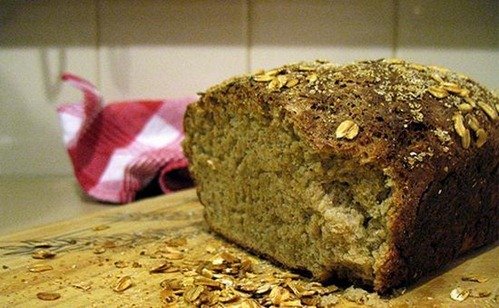Discover what yin and yang foods are in the diet or macrobiotic diet, and how they differ from each other, knowing in turn which are yin and which are yang.

More than a diet or to lose weight, we could say that the macrobiotic diet is characterized rather by being a philosophy of life, being based on Chinese Medicine and Zen Buddhism, in which health is synonymous with balance between two principles: yin (feminine, cold and dark) and yang (masculine, hot and luminous), which are present in all nature.
Therefore, according to the philosophy of the macrobiotic diet, there is an absence of disease when the principles of yin and yang are in perfect balance, achieved through a balanced diet and following a relaxed life, based on spiritual serenity, in relaxation and meditation practice. Therefore, he defends that there is an absolute relationship between our state of mind and our diet.
The balance between yin and yang foods.
The macrobiotic diet or diet classifies different foods into two main categories: yin (foods considered passive) and yang (active foods).
As indicated in the previous lines, there must be a certain balance between these two food groups, as a goal when it comes to achieving both physical and spiritual well-being, and ultimately one’s own health.
We must differentiate not only yin and yang foods, but those that tend not to be so healthy because they contain an excess of yin or an excess of yang.
With all this, a balanced diet should consist of 50% cereals, 25% vegetables, 10% legumes and 5% fruits, seafood and soups.
Yin foods:
We find foods such as fruits, leafy vegetables, seeds, malt, tofu, Tempe, natural fruit and vegetable juices and unsweetened jam.
However, as a counterpart we find those foods that have an excess of yin, such as: sugar, sweets and cakes, alcohol, tea, coffee and spices.
Yang food:
They are foods such as whole grains, whole grains and pasta, root vegetables, legumes, fish and shellfish, fresh cheese, salt, shout and miso.
Among the foods with excess yang, we can mention meats, poultry, hard and salty cheeses and eggs.































